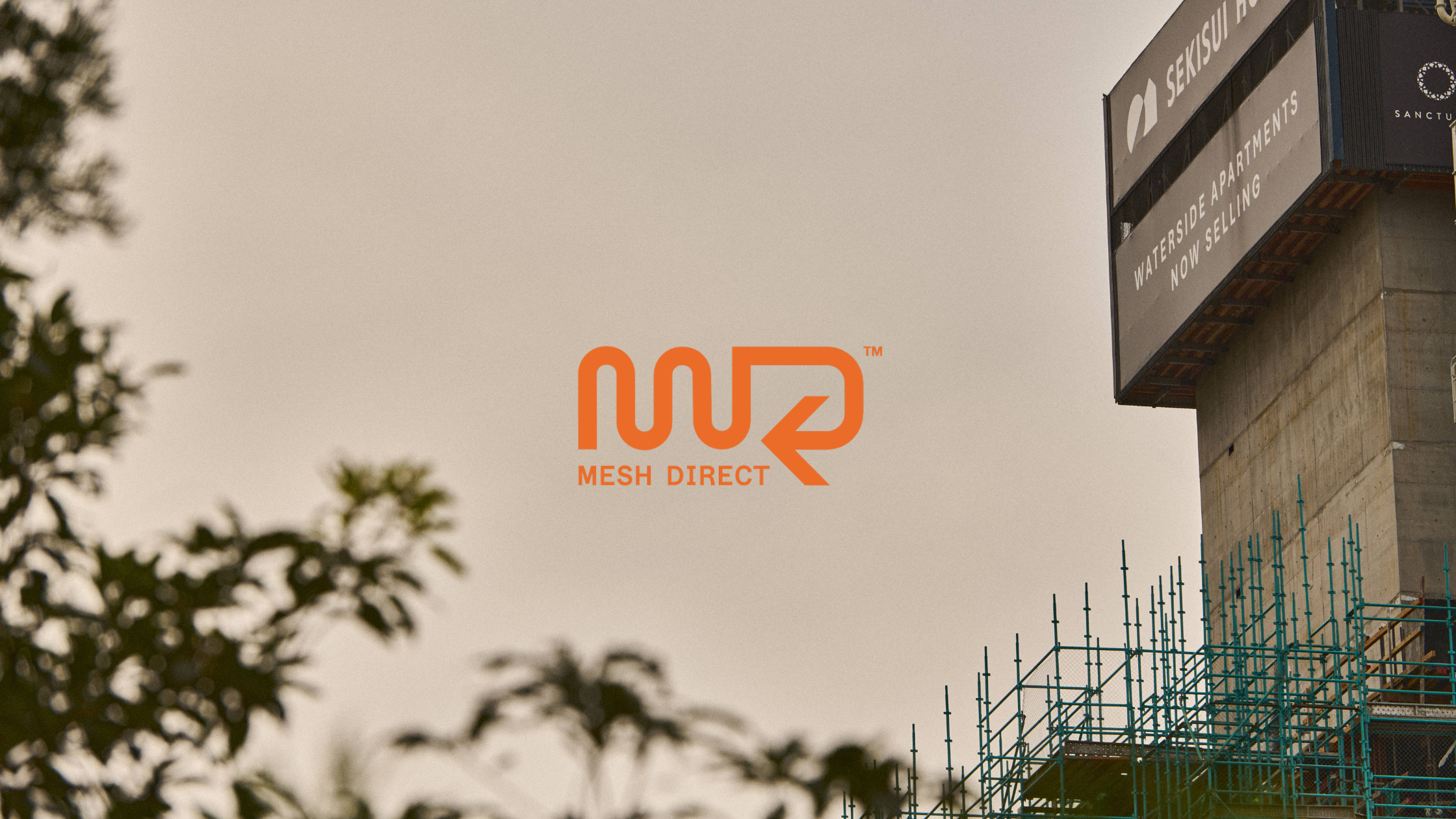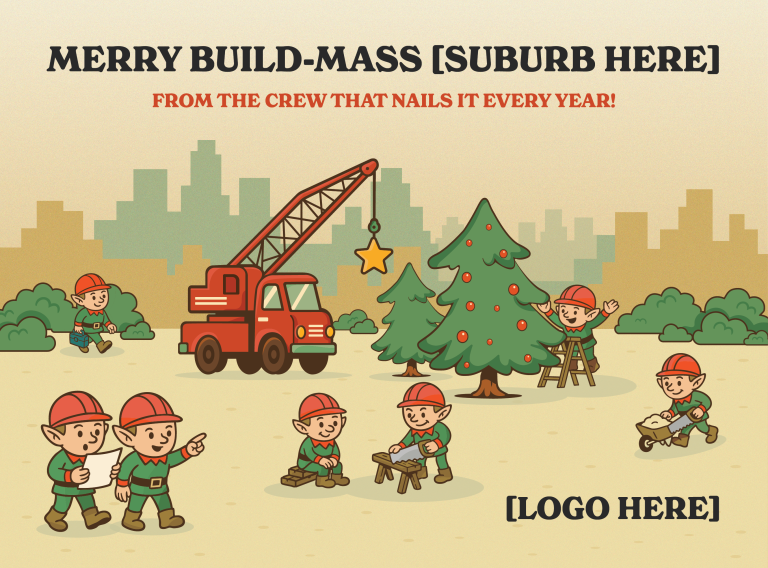Signage is everywhere—from shopfronts to event displays—but have you ever wondered about the environmental impact of traditional signage materials? Enter ecoboards, the eco-friendly alternative that’s transforming signage production. But what exactly makes ecoboards so sustainable, and what goes into crafting them?
Today, we’re uncovering the fascinating process behind ecoboard signage, from material selection to the final product. By the end, you’ll have a newfound appreciation for these sustainable innovations and might even consider making the switch for your next project.
What Are Ecoboards?
Before we get into the manufacturing process, let’s define the product. Ecoboards are signage boards made from sustainable and recyclable materials designed to minimize environmental impact without compromising durability or design versatility. They’re lightweight, customizable, and suitable for a range of applications, from retail displays to event banners.
But how do these boards differ from traditional signage? The real magic lies in the materials and methods used during production.
Key Features of Ecoboards:
- Made from sustainable or recycled materials
- Design flexibility for multiple uses
- Fully recyclable at the end of their lifecycle
- Reduced carbon footprint compared to conventional signage
Their eco-friendly edge comes down to careful material selection and forward-thinking manufacturing processes.
Step 1: Sourcing Sustainable Materials
Every ecoboard’s story begins with thoughtful sourcing. Unlike traditional boards made from PVC plastics or non-recyclable materials, ecoboards use sustainable alternatives like wood pulp, recycled paper fibers, and biodegradable binders.
Common Materials Used in Ecoboards:
- Recycled Paper Fibers – Often a primary component, recycled paper fibers provide the core structure for many ecoboards.
- Wood Pulp – Ideally sourced from responsibly managed forests, wood pulp ensures that deforestation isn’t part of the process.
- Sugarcane or Corn-Based Binders – Instead of synthetic adhesives, biodegradable binders derived from sugarcane or corn are used to bind materials together.
Sourcing from green-certified suppliers ensures not only quality but also adherence to ethical practices. These raw materials are assessed for recyclability and durability, ensuring a long product lifespan. Every decision at this stage sets the tone for the minimal environmental impact of the final product.
Step 2: Eco-Friendly Manufacturing Processes
One of the most defining factors of ecoboard production is the seamless integration of sustainable manufacturing techniques. Keeping energy efficiency and waste minimization in focus, manufacturers carefully control each step of the process.
Energy-Efficient Machinery
Instead of relying on older energy-intensive machinery, ecoboard production facilities are often equipped with newer, energy-efficient technology. The use of solar-powered or renewable energy further reduces the carbon footprint.
Non-Toxic Coatings
Unlike traditional boards that may be coated with harmful chemicals for water resistance or durability, ecoboards are finished with non-toxic, eco-friendly coatings. These coatings not only provide protection but also align with the board’s recyclable nature. For example, water-based laminates or natural waxes may be used instead of petroleum-based coatings.
Closed-Loop Water Systems
Water is essential to many aspects of manufacturing. Some ecoboard production facilities use closed-loop water systems that recycle and purify water within the plant, reducing water waste significantly.
By integrating these innovative processes, manufacturers ensure ecoboard production remains as green as possible—an ethos that defines the product from start to finish.
Step 3: Designing for Sustainability
The design process isn’t purely aesthetic; it’s functional, too. Ecoboards are designed with recycling in mind, ensuring that no part of the material goes to waste at the end of its life.
Whether used for in-store displays, posters, or banners, each ecoboard is carefully designed to provide maximum adaptability while minimizing environmental waste.
Customization Options Include:
- Vibrant, soy-based ink printing for eye-catching designs
- Seamless cutting and shaping to meet size or form requirements
- Minimal material waste during large-scale laser printing
This customer-focused approach gives business owners the flexibility to create impactful signage while staying committed to sustainability.
Step 4: The Role of Recycling
One of the standout features of ecoboards is their end-of-life recyclability. Unlike conventional boards, which often end up in landfills, ecoboards are designed to be fully recyclable or even biodegradable in some cases.
What Happens Once the Board Has Served Its Purpose?
- Recycling Plants: Most ecoboards can be taken to paper or wood recycling facilities where the fibers are processed and reused.
- Composting: Some ecoboards made from compostable materials like sugarcane fibers can safely biodegrade in composting conditions.
Manufacturers also promote “cradle-to-cradle” systems, allowing businesses to return old ecoboards for recycling—a closed-loop system that maximizes resource efficiency.
Why Choose Ecoboard Signage?
Switching to ecoboards isn’t just a move for the planet—it’s also a smart business choice. Here’s why they’re quickly becoming the preferred choice for businesses and organizations around the globe:
- Brand Alignment – Using eco-friendly materials showcases your company’s commitment to sustainability, which resonates with increasingly conscious consumers.
- Cost-Effective – Though they may have a slightly higher upfront cost, their durability and recyclability can save you money in the long term.
- Customizable – Creative flexibility ensures you don’t have to compromise on how your brand is represented.
Whether you’re planning a temporary trade show display or permanent in-store signage, ecoboard signage proves that sustainability and quality can go hand in hand.
Bringing It Full Circle
From the careful sourcing of sustainable raw materials to energy-efficient manufacturing and end-of-life recycling, ecoboards represent the future of eco-friendly signage. By making the switch, you’re not just investing in a high-quality product—you’re taking a step toward a more sustainable future.
It’s time to rethink traditional signage. Choose materials that align with your values and inspire change. Ecoboards don’t just make your brand stand out; they show the world you care.
If you’re ready to make the switch to ecoboards for your next signage project, contact our team today to explore your options and start designing.






